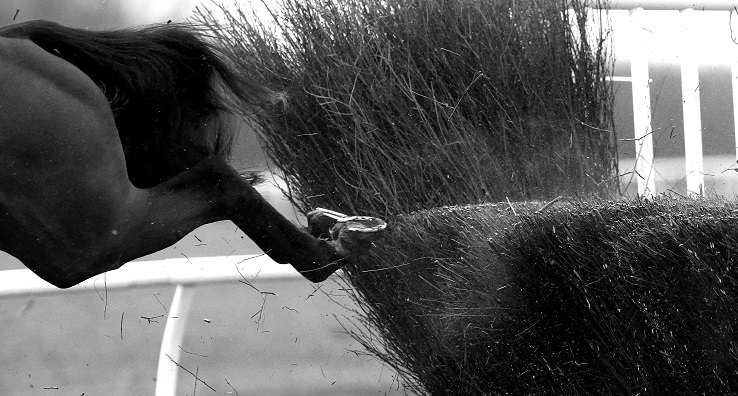
Following the receipt of further submissions from the National Trainers Federation (NTF) and individual trainers, the British Horseracing Authority (BHA) has taken the decision to delay the implementation of an approved rule which requires all Jump horses to race fully shod, which was due to be introduced from 1 February.
The delay is being implemented for a period of no less than six months, in order to allow for a number of actions to take place to further inform the debate on this matter.
The decision to introduce this rule was based on a two-year project which included evaluation of data and consultation with representative bodies including the NTF and Professional Jockeys Association (PJA). The rule was intended to improve human and equine safety by reducing the chance of a horse slipping. The rule had been agreed by the BHA Board and Rules Committee, and central to this decision were the facts that:
- Approximately 98% of all runners in Jump races already race fully shod;
- The data highlights that a horse racing partially shod in a Jump race is over eight times more likely to slip than one that races fully shod. This equates to one slip for every 350 partially shod runners, compared with one in every 3,000 runners wearing four shoes;
- The introduction of similar requirements on the Flat has worked well and has been received positively;
- An exemption provision exists in the new rule to allow for a horse to race partially shod on legitimate veterinary grounds provided any application is supported by appropriate evidence;
- The PJA advocated introduction of the rule on the grounds of improved safety for horses and their members.
However, subsequent to the rule being communicated with trainers the BHA has received new submissions from the NTF and individual trainers which raise concern about the rule’s implementation. In addition a delegation of jump jockeys have submitted considerations on the matter, although the PJA remains in support of the rule.
As a result the BHA has made the decision to evaluate these concerns in more detail before implementing the rule. This will include:
- Discussion at both the annual BHA Equine Welfare Agencies consultation meeting, and the BHA Veterinary Committee, specifically seeking the views on the argument that wearing hind shoes increases the risk of tendon injury (particularly bearing in mind 98% of the NH population race fully shod);
- BHA Veterinary Officer Team to commence gathering data on tendon injuries suffered on a racecourse in a jump race that are the result of being struck into, in order to identify whether there is any correlation between the severity of the injury and wearing shoes behind or otherwise;
- Stewards will analyse any horse slip that occurs in a jump race and confirm the status of the horse in relation to shoes, and assess impact of the slip in the context of safety risk to Jockeys;
- The NTF/Trainers who oppose the rule amendment, are asked to provide any data or scientific evidence to support their view that there is a greater welfare risk to horses racing fully shod than partially.
Following the conclusion of this research, and consideration of further submissions, a final decision will be made around the implementation of this rule.
